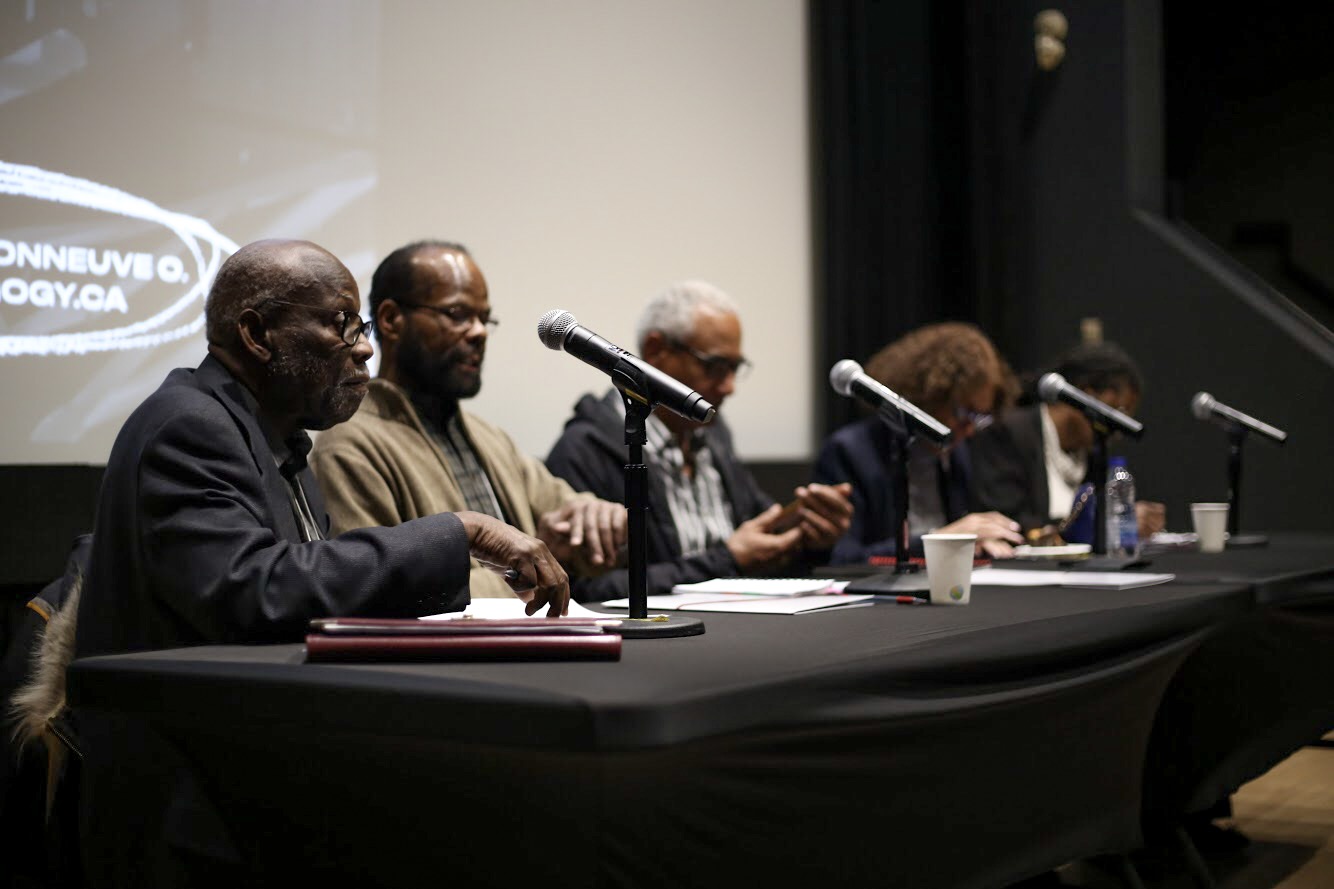Re-examining the socio-political climate of 1960s Montreal
In light of the 50th anniversary of the 1969 Sir George Williams Affair, Protests and Pedagogy, a two-day conference commemorating the largest student occupation in Canadian history, took place at De Sève Cinema in the LB building on Feb. 8 and 9.
The series of panels saw speakers, academics and activists from across the country join together to share information and memories of the events on Feb. 11, 1969. Resituating the occupation within the broader socio-political context of racial tensions in the 1950s and 60s in Montreal, as well as globally, underpinned each discussion.
Michael O. West, professor of sociology, Africana studies and history at Binghamton University, kicked off the conference by giving some much-needed historical context to the occupation. On April 28, 1968, eight students approached the Dean of Students with the initial complaint regarding their biology professor. “1968 was a year of protests and rebellion worldwide,” said West. “The Sir George Williams Affair was deeply rooted in the revolution of 1968.” Twenty-two days before the students came forth with their initial complaint “was the assassination, on April 4, 1968, of the King of Love,” said West. “Martin Luther King.”
Following West, H. Nigel Thomas, an author of various novels, poems and scholarly texts, chaired the second panel discussion between four individuals who were all involved, in one way or another, with the events surrounding Feb. 11.
Clarence Bayne, a then-professor at Sir George Williams University; Philippe Fils-Aimé, one of the Hall building occupants as well as one of the 97 people arrested that day; Brenda Dash, a Montrealer who vocally supported the students and was also arrested; and Nancy Warner, then a student-supporter from McGill who was outside the Hall building on Feb. 11. Every panelist had unique, insightful details of the intentionally misrepresented protest-turned-riot, all to convey one theme: it’s time the truth got a fair hearing.
“Many people saw a face of Montreal that they had never seen before. The sheer hostility, the racism, the things that were said to people,” said Warner. “The degree to which what we thought were the rules of due-process, of the people being treated like they had some kind of civil liberties, were dashed.”
Some major news outlet headlines from Feb. 11 and onwards read: “Police Stay Cool in Chaos” and “Riot Squad Impressive” (The Gazette, Feb. 12, 1969) in which police are praised for appearing “relaxed and in good humour,” as well as “Student Moderates Alienated—Extremists go it Alone,” (The Star, Feb. 12, 1969) which stated that black students wanted to “burn down the university.”
“Much has been said about the destructive danuma of February 11,” said West. “A favourite description became and remains: riot. It being assumed that the rioters and protesters were one and the same.”
To this day, the administration and major news outlets present the mysterious fire as a point of contestation from the riots that day, despite the fact that students were arrested and charged with arson, among other offences, in the ensuing trials.
“I am going to also make a few comments on the question of this fire at the computer centre. I will tell you things that I have never said or mentioned before,” said Fils-Aimé. “As we were in jail, I had the chance to talk with Rosie [Roosevelt Douglas] and I said ‘Rosie, did you start this fucking fire, man?’ and he said ‘Phillippe, I must tell you, I didn’t have to.’” Fils-Aimé went on to explain how Rosie speculated that an individual whom they knew to be a devoted anarchist was the arsonist.
Details of the brutal events that took place once the riot squad stormed into the Hall building have not been downplayed—they have been left out of the history books altogether. “It is true that a riot occurred at the computer centre,” said West. “Except the riot only began with the arrival of the Montreal police riot squad.”
“The black occupiers were singled-out for especially brutal retribution. Black women, as could be expected, got the worst of it,” said West. “Subjected to bigoted bile as well as sexual violence. [Black men’s] bodies were ground in broken glass, they were kicked in the groin and genitalia.”
The students who made the initial complaint were taking a biology course, many of whom had dreams of attending medical school and ascending to the professional realm of society. “In sum, the police riot was also an attack on black sexuality and black reproduction,” said West.
West explained that, in regards to holding the police and the university accountable for the riots, “that has occurred to no one; that is, no one in a position of authority.” Fils-Aimé left attendees with a metaphor: when history is written by the lions, you’ll never hear the side of the antelopes. “In the process, truth became another victim,” said West. “It’s time, officially, that truth got a hearing at Concordia University. It’s time.”
Feature photo by Alex Hutchins
